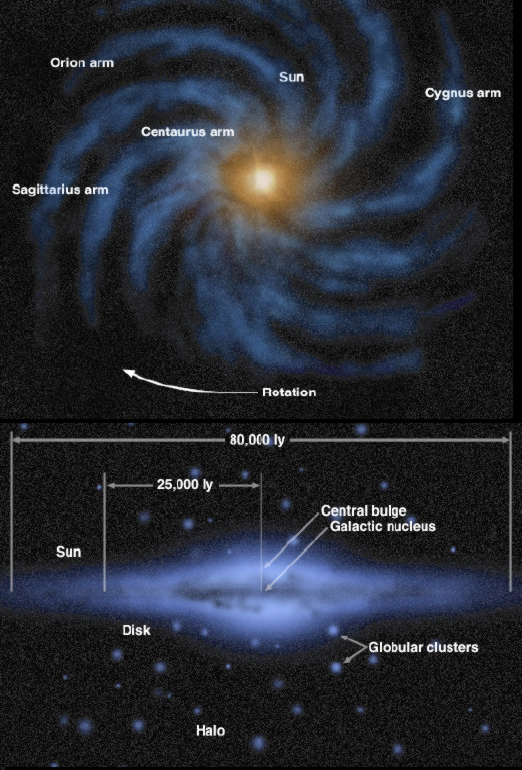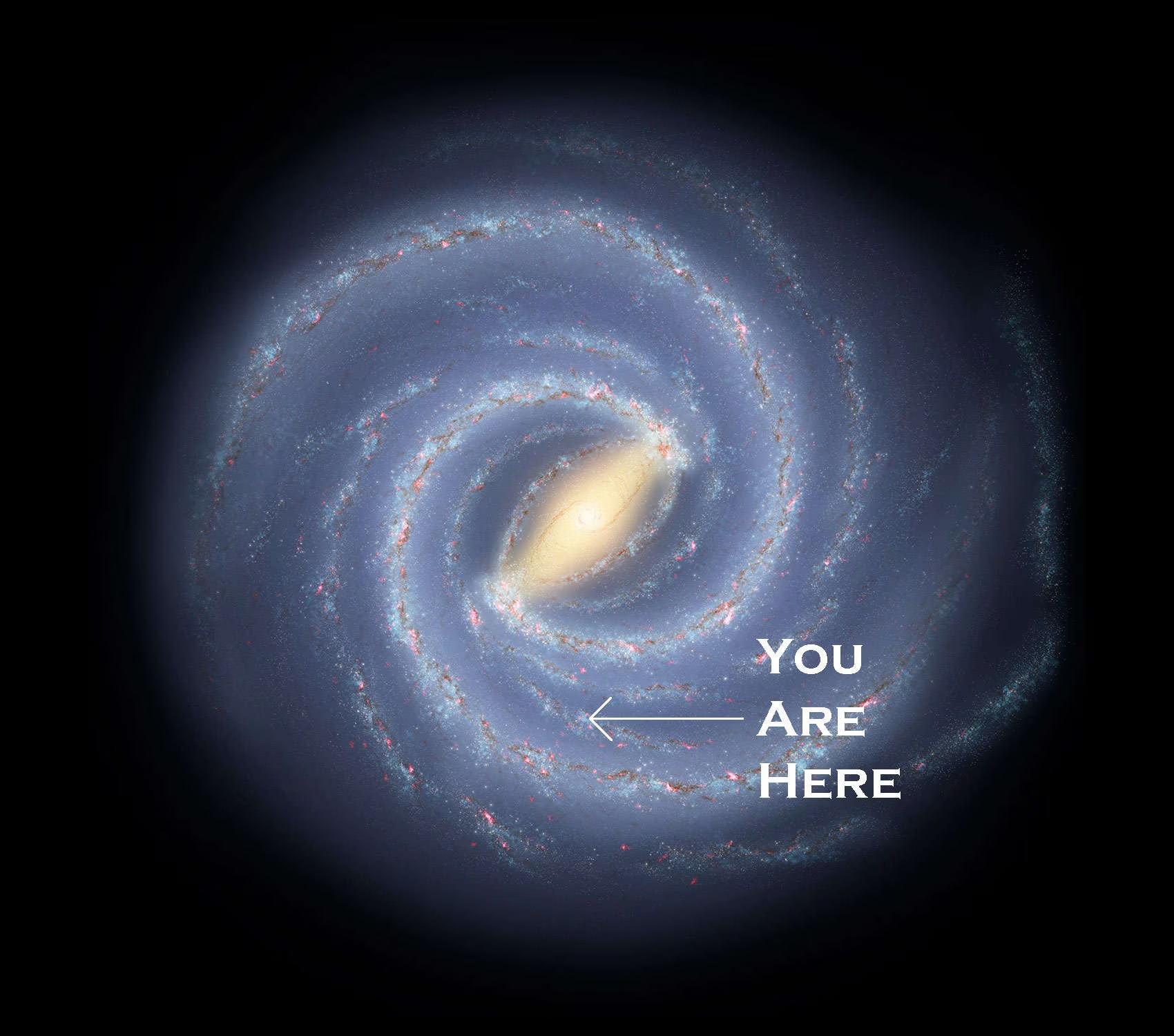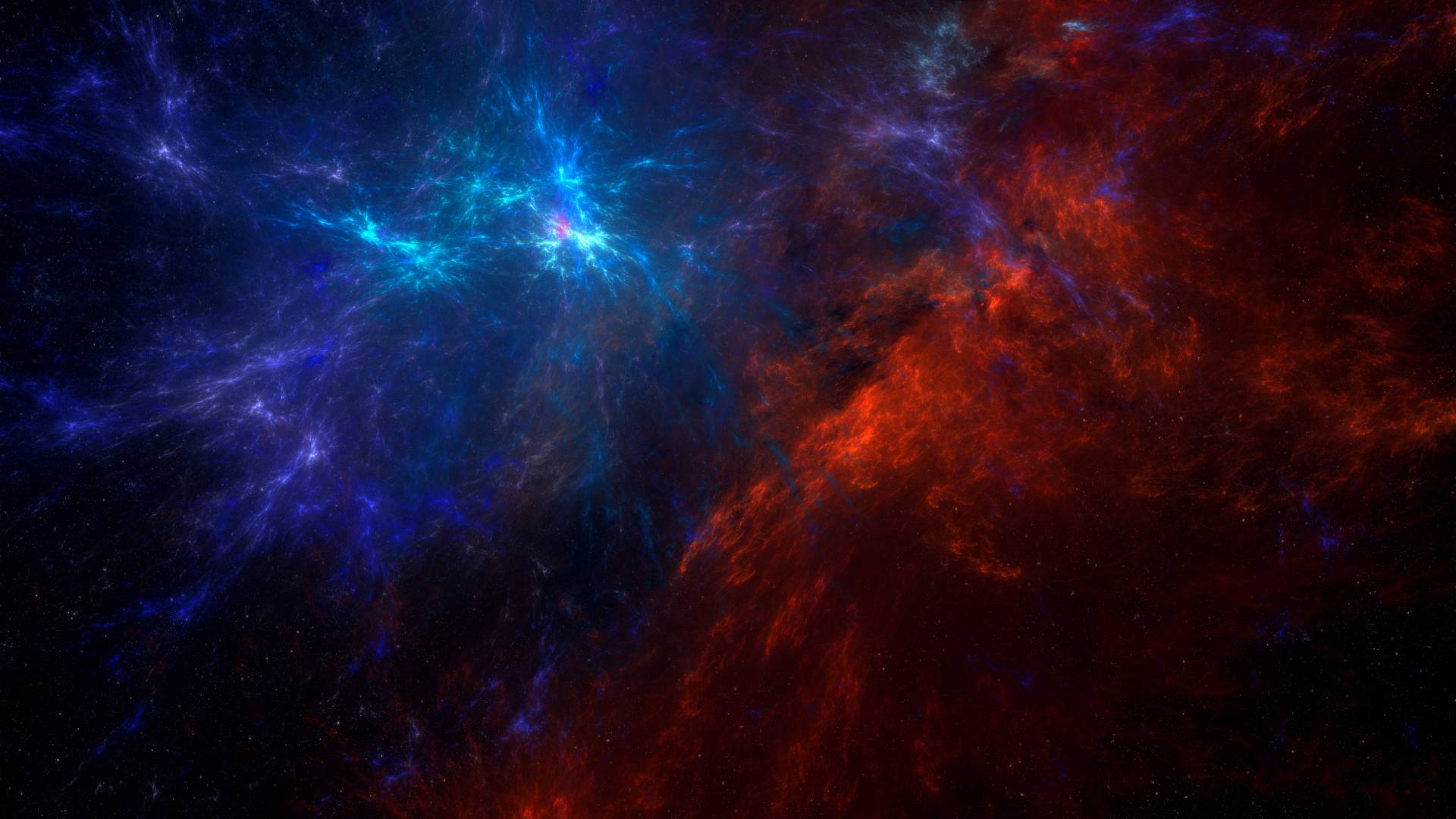When we look up at the night sky, we are staring into the vastness of the Milky Way, our home galaxy. But at the very heart of the Milky Way lies the Galactic Center — a mysterious, dense region that has fascinated both ancient cultures and modern scientists alike. From mythological interpretations of a cosmic heart or divine axis to cutting-edge discoveries of black holes and star clusters, the Galactic Center bridges the myth and science of the cosmos in stunning ways.
In this article by spaceyv, we explore how ancient civilizations understood the Galactic Center and compare it to what modern astronomy has revealed. Let’s take a journey across time, culture, and space to understand this fascinating region.
What Is the Galactic Center?
The Galactic Center is the rotational center of the Milky Way, located about 26,500 light-years away from Earth in the direction of the constellation Sagittarius. It’s home to a supermassive black hole called Sagittarius A* (pronounced “Sagittarius A-star”), weighing about 4 million times the mass of the Sun.
This region is packed with stars, gas clouds, and dust, making it incredibly dense, active, and dynamic — and also difficult to observe in visible light because of all the dust blocking our view. However, using infrared, X-ray, and radio telescopes, scientists can peer into this cosmic heart and uncover its secrets.

Ancient Myths About the Galactic Center
Long before telescopes or modern astronomy, ancient cultures looked to the center of the Milky Way with awe, mystery, and spiritual meaning.
🌌 The Maya and the Black Road
The ancient Maya civilization saw the dark rift in the Milky Way — a series of cosmic dust clouds near the Galactic Center — as the Xibalba be, or “Black Road”. They believed it was the entrance to the underworld, a pathway for souls to travel after death. Some interpretations of the Maya calendar also align major cycles with the position of the Sun near the Galactic Center, making it a cosmic marker of transformation.
🌌 Aboriginal Australian Dreamtime
In Aboriginal Dreamtime stories, the dark patches of the Milky Way were often seen as animals, such as the Emu in the Sky. While not specifically tied to the Galactic Center, the alignment of the dark features was deeply integrated into seasonal cycles, hunting, and spiritual practices.
🌌 The Greeks and Axis Mundi
Greek and Roman philosophers imagined the Axis Mundi, a cosmic axis or world pillar, connecting Earth to the heavens. While they didn’t specifically identify the Galactic Center, many scholars believe ancient cultures saw the central bulge of the Milky Way as a key reference point in their symbolic geography of the cosmos.

What Modern Science Has Discovered
While ancient myths gave the Galactic Center symbolic meaning, modern astronomy has pulled back the curtain to reveal a cosmic powerhouse.
🔭 Sagittarius A*: The Supermassive Black Hole
At the heart of the Milky Way lies Sagittarius A*, the gravitational anchor that holds the galaxy together. Using techniques like radio interferometry, astronomers have measured the orbits of nearby stars (such as the famous star S2) to calculate the mass of the black hole.
In 2022, the Event Horizon Telescope released the first-ever image of Sagittarius A*, showing the glowing ring of gas and light swirling around the event horizon. This breakthrough confirmed decades of indirect evidence and gave us a direct look at the monster lurking at our galaxy’s core.
🔭 Dense Star Clusters and Gas Clouds
The Galactic Center is filled with young, massive star clusters, including the Arches Cluster and the Quintuplet Cluster, both containing some of the most massive stars known. It’s also home to enormous molecular clouds like Sgr B2, a birthplace for new stars.
🔭 Harsh Environments
Radiation levels near the Galactic Center are extreme. Magnetic fields, cosmic rays, and violent interactions make this region one of the most energetic places in the galaxy. It’s a testing ground for astrophysics, helping scientists understand star formation, black hole feeding, and galactic evolution.
Why Does the Galactic Center Matter?
Understanding the Galactic Center is not just an academic exercise — it shapes how we understand the past, present, and future of the Milky Way.
✅ Testing Gravity and Relativity
The orbits of stars near Sagittarius A* provide a real-world laboratory for testing Einstein’s general relativity under extreme conditions.
✅ Galactic Evolution
The activity at the Galactic Center affects the entire galaxy, including star formation rates, gas flows, and cosmic feedback mechanisms.
✅ Search for Life and Habitability
Although the Galactic Center is far too hostile for life as we know it, studying it helps set the boundaries for where habitable environments can exist in the galaxy.
✅ Connecting to Ancient Wisdom
By linking modern science with ancient skywatching traditions, we gain a richer, more human perspective on the universe.

Unique Angle: Could We Ever Visit the Galactic Center?
Here’s a speculative twist: Could humanity ever send a probe — or even travel — to the Galactic Center?
At 26,500 light-years away, even our fastest spacecraft would take tens of millions of years to get there. But one day, if breakthroughs in propulsion, energy, or spacetime manipulation (such as warp drives or wormholes) emerge, the Galactic Center could become a prime destination for future interstellar explorers.
Imagine orbiting a supermassive black hole, observing the dance of stars up close, and unlocking the deepest secrets of gravity and matter! For now, though, the Galactic Center remains a distant yet captivating target for remote exploration.
Final Thoughts
The Galactic Center has fascinated humanity for millennia — from ancient myths about cosmic roads and underworld gates to the modern discovery of a supermassive black hole and extreme astrophysical phenomena.
Here at spaceyv, we believe that understanding the Galactic Center is not just about scientific facts but also about connecting with the bigger story of humanity’s curiosity, imagination, and longing to understand our place in the universe.
As telescopes grow more powerful and new missions aim to explore the inner galaxy, we can look forward to even more astonishing discoveries — and maybe, just maybe, a new generation of myths inspired by science.
References
European Southern Observatory — Sagittarius A*



